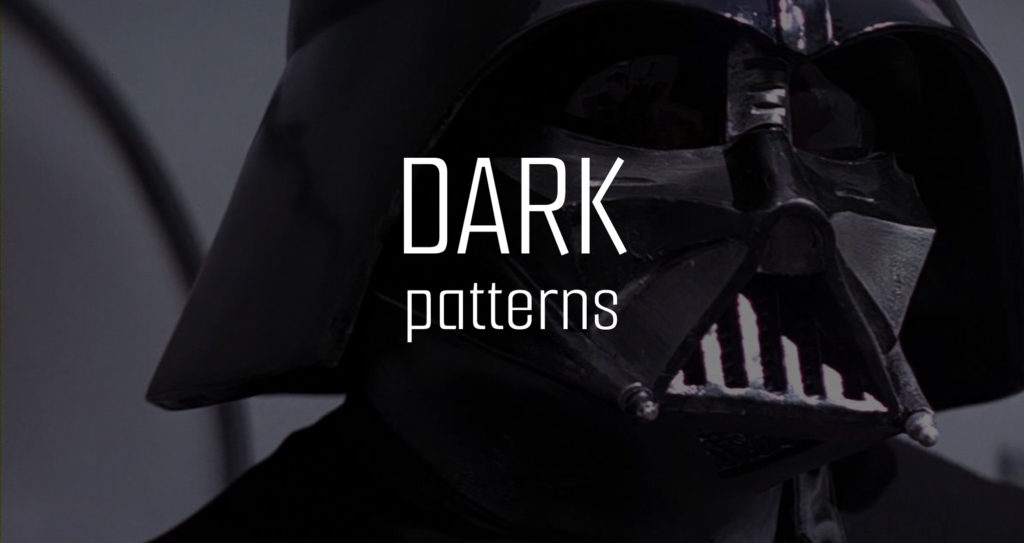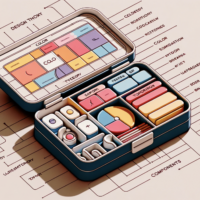
Summary: UX designers strive to make interfaces that are not only functional and attractive, but also easy to use. To be sure, not every UX layout succeeds equally well. Some designers utilize misleading techniques called “dark patterns” to trick consumers into doing what they want. User experience may be negatively impacted by techniques ranging from subtly pushing a behavior to overt dishonesty. Let’s take a closer look at what “dark patterns” are and how they effect readers.
How “Dark Patterns” Work
UX designers may employ dark patterns to get users to do actions they may not choose if given a free option. Users seldom become aware of dark patterns until after they have performed the associated action or given the associated data. Pre-checking boxes, burying uncheck boxes, and displaying misleading error messages are all instances of dark pattern techniques. All of these strategies have one goal in mind: to manipulate the user into doing something without their knowledge or permission.
More examples via Deceptive Design
- Sneak into basket – You attempt to purchase something, but somewhere in the purchasing journey the site sneaks an additional item into your basket, often through the use of an opt-out radio button or checkbox on a prior page.
- Roach motel – You get into a situation very easily, but then you find it is hard to get out of it (e.g. a premium subscription).
- Privacy zuckering – You are tricked into publicly sharing more information about yourself than you really intended to. Named after Facebook CEO Mark Zuckerberg.
- Price comparison prevention – The retailer makes it hard for you to compare the price of an item with another item, so you cannot make an informed decision.
- Misdirection – The design purposefully focuses your attention on one thing in order to distract your attention from another.
What effects do dark patterns have on people?
Users experience a wide range of bad outcomes when exposed to dark patterns, from annoyance at being tricked to financial loss on account of unneeded memberships or purchases. Dark patterns can sometimes be utilized for fraudulent or harmful objectives, such as stealing someone’s identity. Hence, dark patterns can have severe repercussions for people and businesses alike.
What the FTC has to say about Dark Patterns
The Federal Trade Commission released a report today showing how companies are increasingly using sophisticated design practices known as “dark patterns” that can trick or manipulate consumers into buying products or services or giving up their privacy. The dark pattern tactics detailed in the report include disguising ads to look like independent content, making it difficult for consumers to cancel subscriptions or charges, burying key terms or junk fees, and tricking consumers into sharing their data. The report highlighted the FTC’s efforts to combat the use of dark patterns in the marketplace and reiterated the agency’s commitment to taking action against tactics designed to trick and trap consumers.
“Our report shows how more and more companies are using digital dark patterns to trick people into buying products and giving away their personal information,” said Samuel Levine, Director of the FTC’s Bureau of Consumer Protection. “This report—and our cases—send a clear message that these traps will not be tolerated.”
Dark Implications
Businesses that utilize dark patterns in their UX designs risk losing customers and may even go out of business altogether. If not addressed effectively, these misleading tactics can erode confidence between a company and its customers and perhaps result in legal outcomes. The widespread use of dark pattern methods may also tarnish an industry’s reputation, which might hurt future sales and earnings.
Conclusion
Since they trick individuals into doing things they wouldn’t normally do if given a choice, dark patterns can do significant harm to users and businesses alike. UX designers, website owners, and app developers all need to be aware of these tricks so that they can keep their users from being tricked. With knowledge of dark patterns and their effects, companies may work toward developing UX designs that are ethical and build trust with their consumers.




